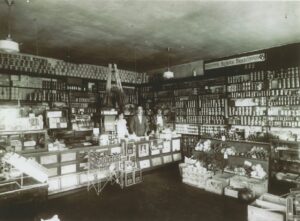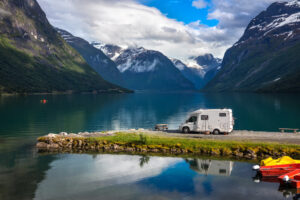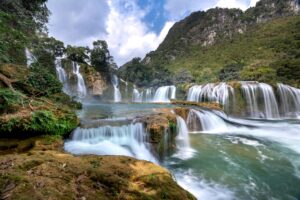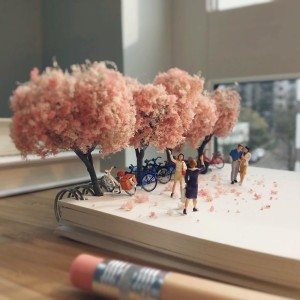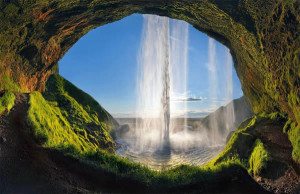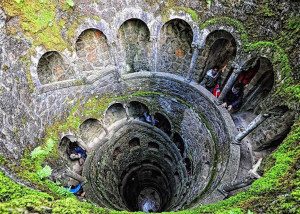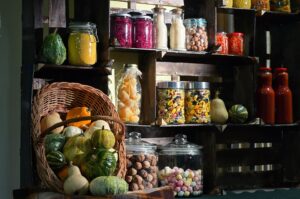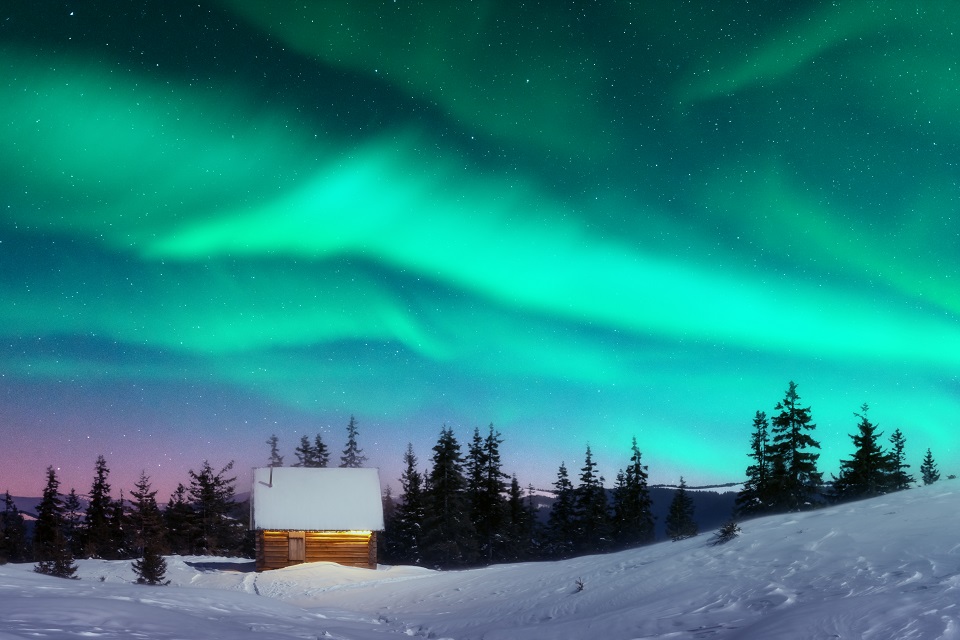
#4 Hello Darkness My Old Friend
You may think that we are a bit dramatic, but trust us, we are far from it! Can you imagine living in continuous nighttime for up to six months every year? Some of us who are used to a lot of sun exposure would not even last a week, but this is the reality for hundreds of thousands of people in the cities above the Arctic Circle. Both the polar night, much like the polar day, can last anywhere from six weeks to six months.
Norilsk, which is about 1,800 miles away from Moscow, is one of the northernmost cities in the world, which also makes it one of the coldest as well. Sometimes, the 178,000 people who live here endure sub-zero temperatures for up to 280 days a year, and the summer is a foreign concept. They have to get food delivered from central Russia due to almost nothing growing around because of the low temperature, which ends up in really high prices for almost anything and tasteless food, as it needs to have an incredibly long shelf life.
Despite this, people continue to live there, despite other countries being able to label these as inhumane conditions. After all, low temperatures never scared any decent Russian and the people living in the region actually prefer the long winter. Yes, you read that right. They think there’s more fun to have in the winter than the mild “summer” they get, as they can do a ton of winter sports, see the northern lights quite often, and also hold beach parties. We wonder what they do at the beach in such freezing temperatures…
#5 Give It Up For Tree Juice
Tree juice is a weird way to put it, but it is true that a lot of Russians drink birch sap from a young age. It is considered one of the most popular traditional Russian drinks, and many have tried it and can recognize the taste of birch sap. Where did the idea even come from? Like the world’s best ideas, from ancient times, when birch sap and a drink made of fermented bread and matl (known as kvas) were used to make wine.
Despite it being really fun to tell people that they squeeze birch logs to get the juice, do not believe anyone who tells you that. The timeframe of when you can actually collect the sap: that is between March and the end of April when the snow is melting. All you have to do is make a small hole in the tree, put in a straw, and then a jar underneath to collect the resin. In a day, one tree can produce almost a gallon of birch sap a day.
It may be a bit strange, but in the end, it is no different from using maple syrup on our pancakes. The trees are not harmed in any way (as long as you seal or plug the hole after you’re done collecting) and it actually has a ton of health benefits: from helping the heart and blood vessels, it can also help with edema, tooth decay and other infections. Maybe the Russians are on to something…


















